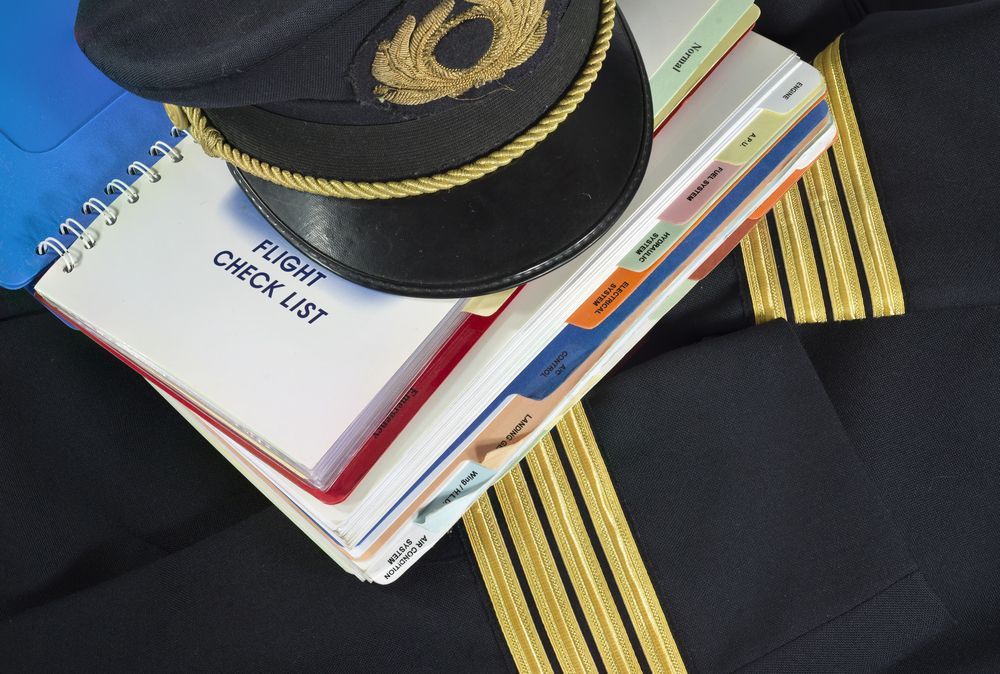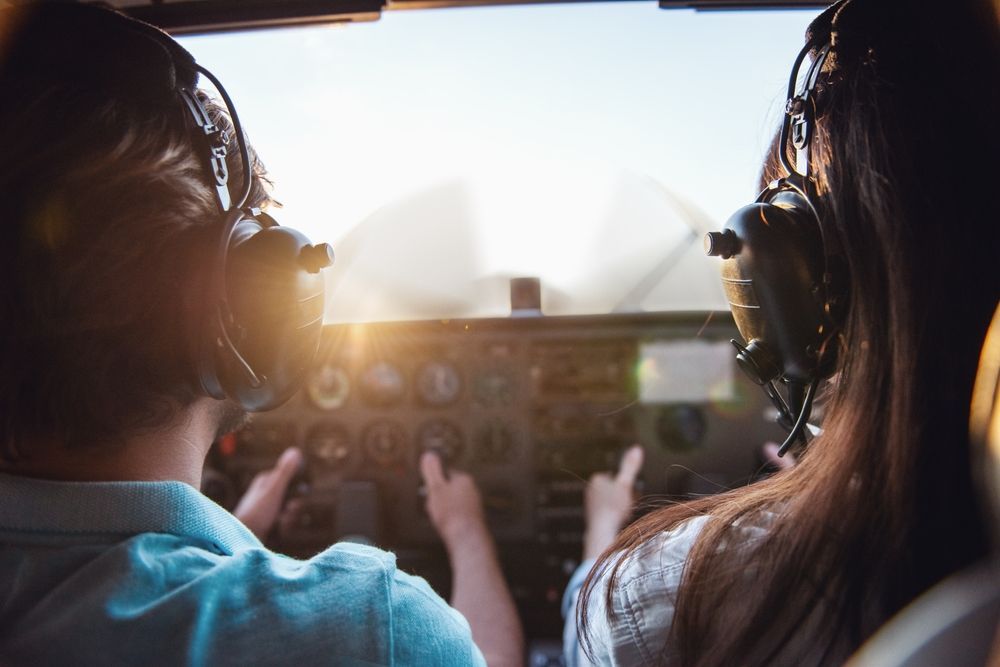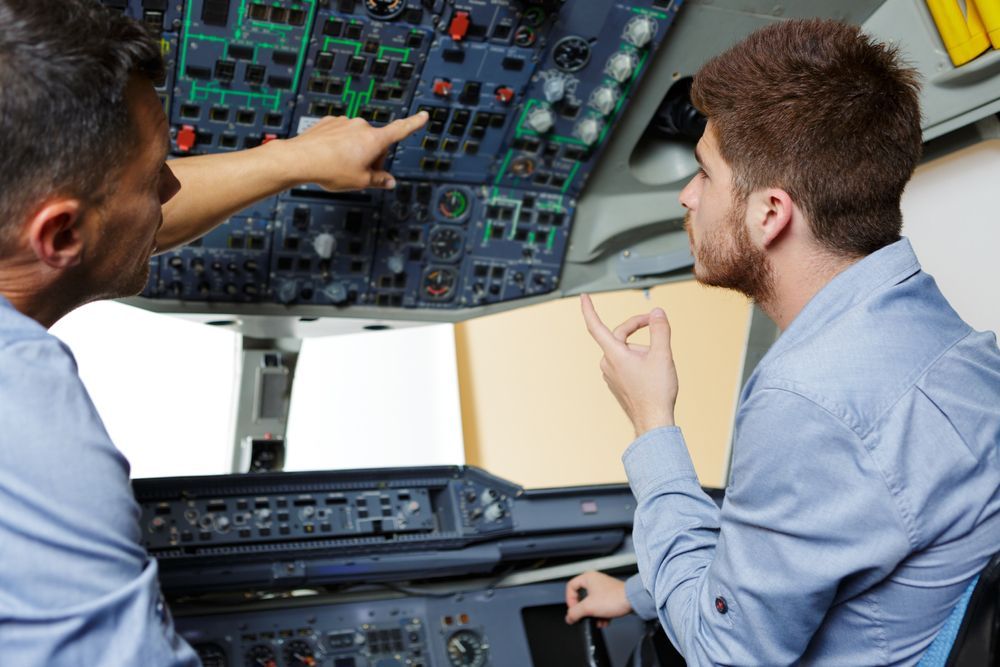What Can I Do With A Private Pilot License?
Share this article:
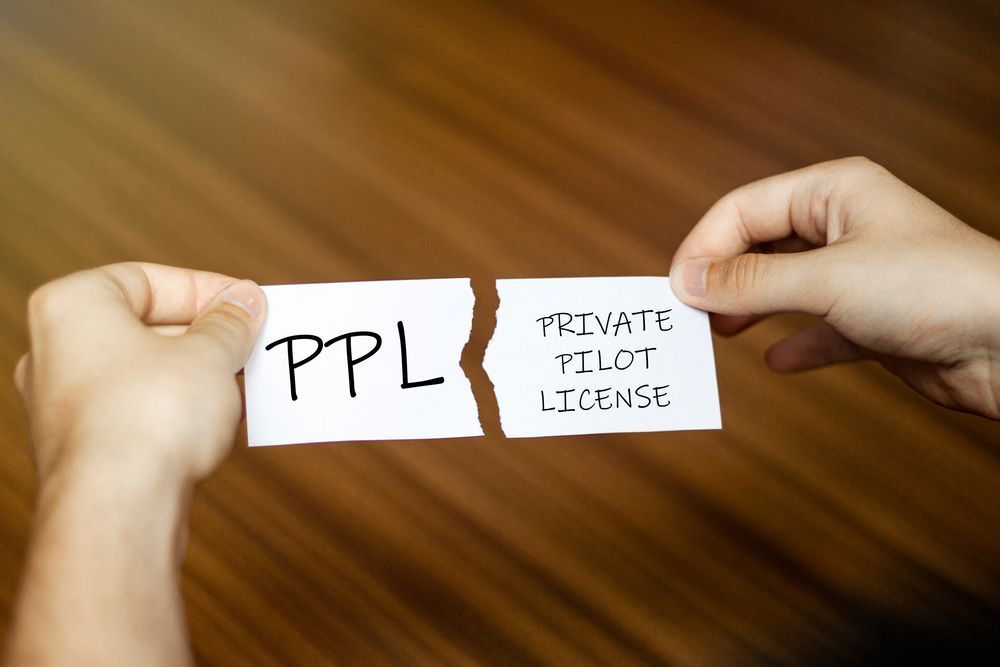
So you’re thinking of becoming a pilot, but what’s the right path for you? Should you aim for a job on a commercial airliner, flying across the country or around the globe? Should you consider an instructor position, a test pilot role, or even a stunt gig?
These all have potential, but one of the most gratifying options in the industry is to get a private pilot license (PPL). While that does mean you can’t earn income flying yet, it is a great stepping stone if you’re considering becoming a pilot for work. Many people, however, decide to remain private pilots, flying only for fun, or to give their friends and family a treat.
Below, we will consider the many things you can do with a private license, as well as what kinds of aircraft you can fly, what the training process is like, and how you might expand your options after you get your PPL. We’ll also take a quick look at what to do after flight school , whether you want a career in aviation or not.
Ready? Let’s take flight.
What Can I Do With A Private Pilot License (PPL )?
The main thing to know about a PPL is that you can’t fly commercially or make money in the air. However, you have the freedom to go up any time once you’ve earned your license. That means day or night, alone or with others, in multiple types of aircraft (see section below). So what can you do while you’re up there? Here are a few of our favorite ideas.
- Take your friends and family up for a joy ride
- Visit an aviation festival or take part in a show
- Use airplanes as a method of travel, such as to visit friends and family or to take a business trip (so long as you are not charging for your time in the air, which you can’t do with a PPL)
- Have an airborne date with someone special
- Go on vacation
- Go on solo flights for a little high-altitude Me Time
Keep in mind that if you don’t have your own plane, then flying is expensive. Any time you can get someone to share the cost of going up with you, your bank account (and your copilot) will thank you!
What Kind of Aircraft Can I Fly With a Private Pilot License?
With PPL in hand, you’ve got a pretty long list of aircraft options. The only restrictions are:
- You can only fly when visibility is good and you can see what’s around you with your eyes, so no going up in inclement weather.
- The aircraft must weigh less than 12,500 pounds.
- It cannot be turbine-powered, which means no jets.
- You must stay below 18,000 feet.
- There are certain types of airplanes that, while accessible to those with a PPL, require additional training, so make sure you ask your flight instructor about those.
How Long Does It Take to Earn a Private Pilot License?
You can get a private pilot license with as little as 35 hours of flight time, the minimum amount required by the Federal Aviation Administration. Typically, 5-10 of those need to be solo, 20 with an instructor, 3 at night and at least 3 on a cross-country flight. The number of hours you actually fly in each category may vary depending on the flight training program you choose.
The license also includes a test, much like a driver’s license for a car. Once you’ve completed your hour requirements, you can sit for the exam. You can study for this exam in one of two ways:
- On your own, at your own pace, from home or wherever else you want to. This can take as long as you want.
- In ground school, a theoretical training program that gives you a crash course (or rather, a course on how not to crash) in a condensed period of time to ensure the knowledge sticks. You can sign up for ground school from a certified flight training program.
Typically, ground school through a program will take around 4 weeks, and will prepare you to go up in the air and start earning those hours for certification.
How Can I Up My Game If I Already Have a License?
Already have a PPL? Congrats! If you’re wondering how to put it to better use, though, you do have several options:
- Fly over mountains, seas, and even to other countries (provided you know the rules for flying over and landing in them).
- Try out some aerobatics.
- Learn to fly more difficult aircraft, such as taildraggers, airplanes with flaps, or those with retractable landing gear.
- Become an instructor and share your passion for aviation with newbies.
- Work toward getting a commercial pilot’s license that will enable you to work in aviation for a living!
How do you do that? Keep reading.
How Do I Get an Airline Pilot Job After Flight School?
So, you want to get a job flying? You’re not alone, of course. Many people wish to get an airline pilot job after flight school. While this is a competitive field, with the right approach, you can absolutely turn your expertise into a gratifying and profitable career.
The path to becoming a commercial airline pilot is admittedly a long one. When you graduate from flight school, you’ll have anywhere from 40 to a couple hundred hours under your belt. The airlines and Federal Aviation Administration require 1,500 hours, however, which means you’ll need to log many more hours flying. You can do that in a number of ways, including:
- Becoming a flight instructor
- Giving tours
- Flying cargo planes
- Doing local jobs like crop dusting or banner towing
If you’re curious about getting your airline transport pilot (ATP) license, or simply want to learn more about the freedom and fun that come with a PPL, please get in touch with JA Flight Training today !
Connect with Us:
